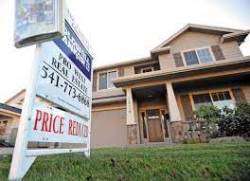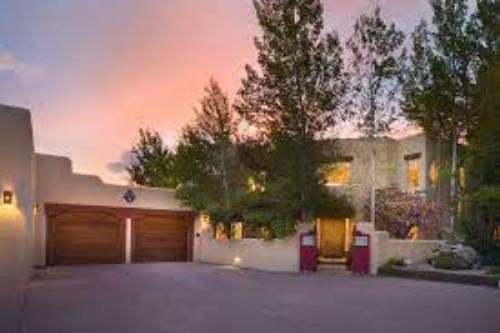A hot housing market with less posting might have directed somewhat, as indicated by figures from the Rebel Valley Relationship of Real estate agents for September and the second from last quarter of 2021.
The quantity of houses available Sept. 30 was 22% higher than a year sooner. Postings have been expanding gradually since a low of 117 in November 2020, albeit the 551 homes accessible last week were just 47% of the 1,169 available in September 2019.
In September new postings increased by 51% contrasted with September 2020, while marketing projections as a level of posting costs dropped to 98% contrasted with 101% in July. Houses sold at a normal of 20 days available, versus 41 days for the second from last quarter a year ago.
“We have definitely seen a peak of activity. It was supply and demand. As soon as something was listed to view, people lined up with multiple offers,” said Scott Lewis, a specialist with John L. Scott, Ashland. Three components have driven the new patterns, Lewis said.
“People who were hesitant to put their home on the market prior to the vaccine are now more willing to let strangers in for tours,” said Lewis. “I think there’s also been a lot of sellers being aware that the market is red hot and they want to get their property on the market. The bottom line is there are more homes being put on the market for sale.”
A third factor is amazingly low financing costs and the worry that government strategy might raise rates, so individuals are posting and hoping to purchase something different, said Lewis. Longer term he doesn’t anticipate any wild swings on the lookout.
“I don’t think we are in a bubble. It doesn’t remind me of what we had in 2010. The buyers are legitimately qualified, the crazy appreciation is tapering off. I think we will see a moderation of appreciation of home prices, that’s my opinion There may be a leveling off, but it won’t go down,” said Lewis.
Deals of existing homes in the second from last quarter expanded 1.2% more than 2020, with 820 units sold for the current year contrasted with 810 last year. Middle deals cost increments for existing homes proceeded in the twofold digit range, with the second from last quarter middle of $379,500 up 14% more than 2020’s $338,500.
A decrease in postings that began when the Coronavirus pandemic struck proceeded with well into this year. Numbers dropped consistently to 601 in June 2020, 314 in October and the low of 117 in November. Numbers for quite a bit of this current year were minimal preferred with less over 300 through April, 399 in June and 479 in August.
New home deals for the quarter finishing Sept. 30 tumbled from 130 last year to 80, a 38% decrease. East Medford had 20 of the deals, while White City recorded 11 and Ashland and Falcon Point recorded 10 each.
Three elements have affected the decrease in new home development, said Rick Harris, chief representative with John L. Scott, Ashland. Harris addresses a manufacturer.
A gigantic spike in amble costs this year implied that it was extremely challenging for manufacturers to project what development expenses would add up to six or seven months out from the beginning of work, said Harris. The costs have relaxed somewhat lately, he said.
Disturbances in the inventory chains for some, items, welcomed on by the pandemic, have likewise made vulnerability for finish of new lodging, said Harris. Among things developers can’t source with affirmation are wiring, plumbing and electrical apparatuses, siding, supports and the sky is the limit from there. Costs of the materials are likewise questionable.
An absence of laborers and subcontractors is likewise affecting the capacity to construct new homes, said Harris. Work levels are back up a little, however not at prepandemic levels.
“Customers are out there … but buyers want a predictable number for new homes,” said Harris. With workers for hire incapable to give a last cost because of market changes, it is hard for purchasers to submit, he said.
Country home middle costs in the province were up to $633,500 for the quarter, a 20% expansion from $530,000 last year. A sum of 180 country homes sold contrasted with 210 of every 2010, except they turned over at a faster rate overall, with 44 days available versus 77 out of 2020.
Micah Reed is an entrepreneur, editor and businessman. he is born in 1977.
Disclaimer: The views, suggestions, and opinions expressed here are the sole responsibility of the experts. No journalist was involved in the writing and production of this article.


